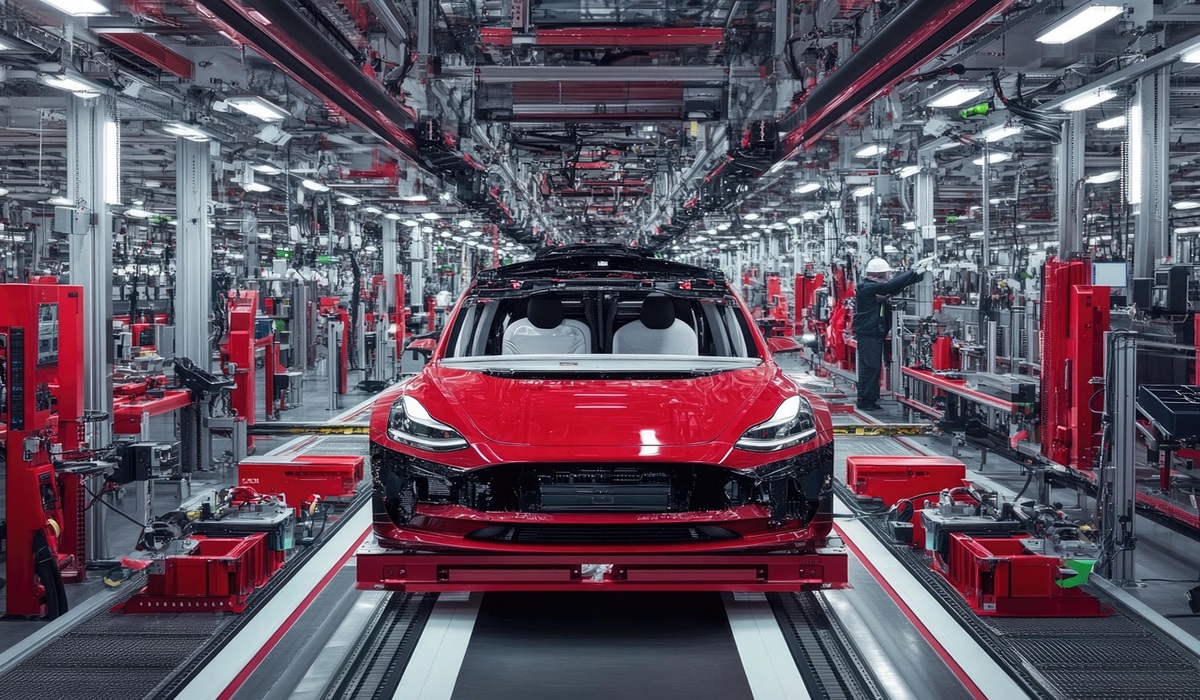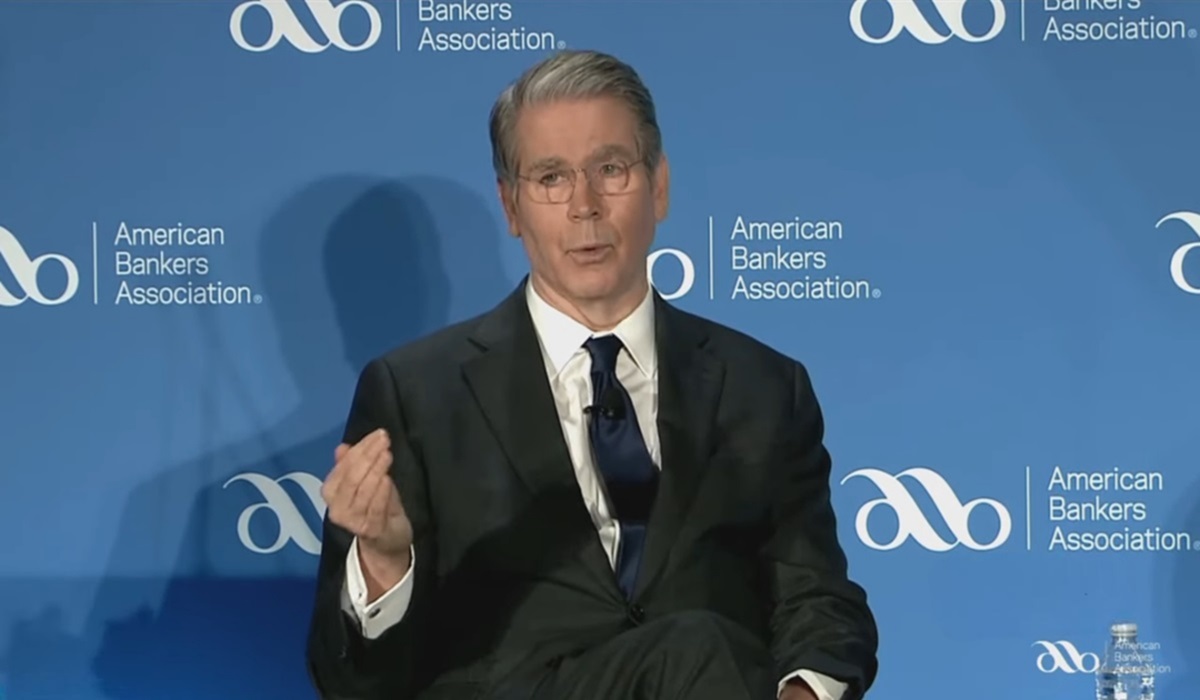Image Credit, Kp Yamu Jayanath
For decades, American presidents and members of Congress—regardless of party—have promised to “bring back” manufacturing jobs to the United States. It’s a line that plays well in industrial towns gutted by globalization, automation, and policy decisions that hollowed out middle-class stability. But it’s time we stop pretending this is possible. The truth? Many of those jobs aren’t coming back—because they were never meant to stay in the first place.
To understand this reality, we need to go back to why manufacturing left the U.S. The shift wasn’t a fluke. It was deliberate. Starting in the 1970s and accelerating through the 1990s, American corporations realized they could dramatically reduce costs by moving their operations to countries with lower labor costs, less stringent labor laws, fewer environmental restrictions, and abundant raw materials. China became the poster child for this phenomenon—but it’s not alone. Bangladesh, Indonesia, India, the Philippines, Mexico—these countries became key links in a supply chain designed for one thing: profit.
And let’s put the “cheap labor” myth to rest. Workers in many of these countries, particularly China, are increasingly well-compensated—especially in high-tech and industrial sectors. They aren’t underpaid in a vacuum; they’re part of massive, skilled labor forces that are more efficient, better trained, and more technologically integrated than many of their American counterparts. What these countries also offer is scale—millions of workers ready to support entire industries. Compare that to the U.S., where industrial skills training has withered and young people are pushed toward college degrees in white-collar fields instead of vocational expertise.
But the biggest driver isn’t just labor—it’s the corporate bottom line. American companies, like all capitalistic entities, exist to maximize shareholder value. If they can improve margins by 30%, 40%, or even 50% by manufacturing abroad, they will do it. Tariffs and subsidies can only offset so much. Ultimately, economic logic wins out over national pride.
It’s disingenuous—if not outright dishonest—for the White House and Congress to continue pushing the fantasy that manufacturing is coming back on a large scale. Sure, some niche high-tech manufacturing might return, especially in sectors like semiconductors or defense. But mass employment in textiles, electronics, and automotive assembly? Not happening. Not when machines can do the job faster, or workers overseas can do it cheaper and just as well.
And let’s be blunt: if you or I were launching a company today, and outsourcing production overseas meant a 60% reduction in cost and faster go-to-market time, we’d do it too. That’s not betrayal; that’s economic reality. Pretending otherwise only misleads the public.
The real issue isn’t lost manufacturing jobs—it’s the refusal to pivot. Instead of investing in retraining, education, or developing future-facing industries, U.S. leaders cling to the past. They tell voters that if we just tweak a trade deal or impose one more tariff, we can go back to the glory days. But that nostalgia is a mirage.
Until policymakers admit the game has changed, they’ll keep offering Americans false hope instead of new opportunities. Manufacturing, in the traditional sense, isn’t coming back—not because of some global conspiracy, but because the economics don’t support it. The system is functioning exactly how it was designed—to benefit capital, not labor. And unless we’re ready to rethink that system, the lie will continue.









